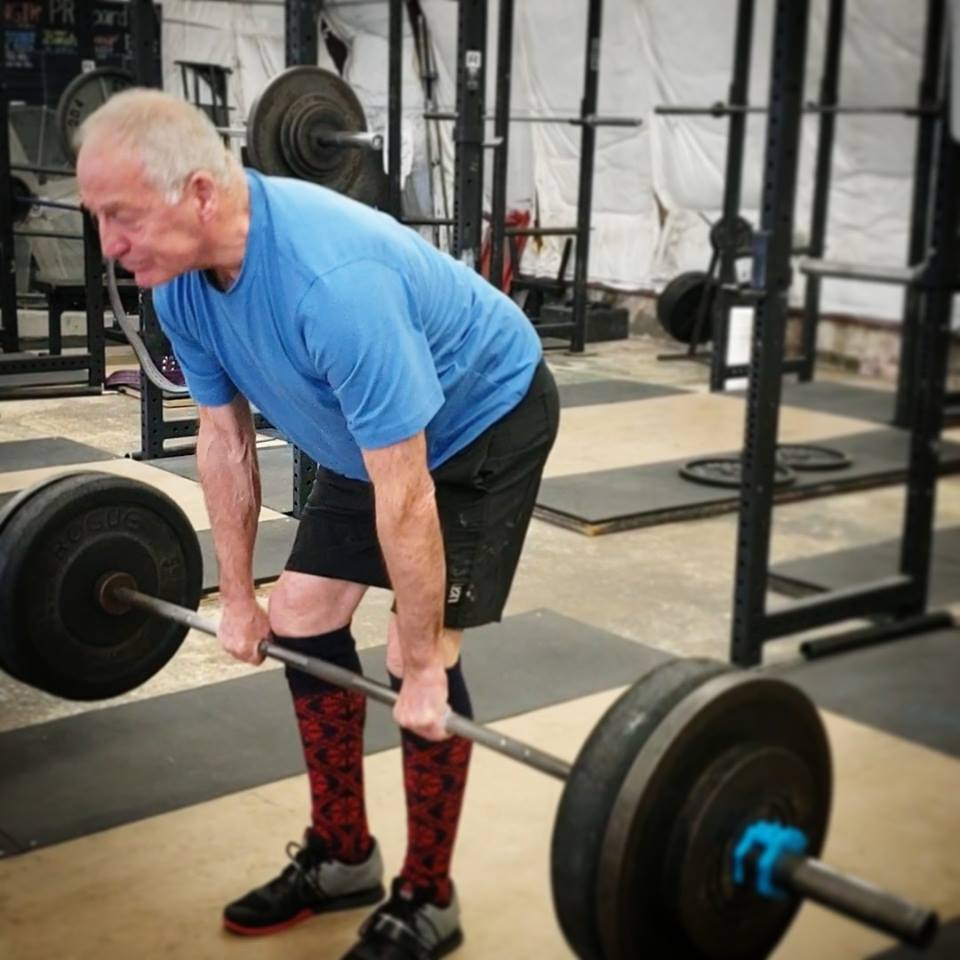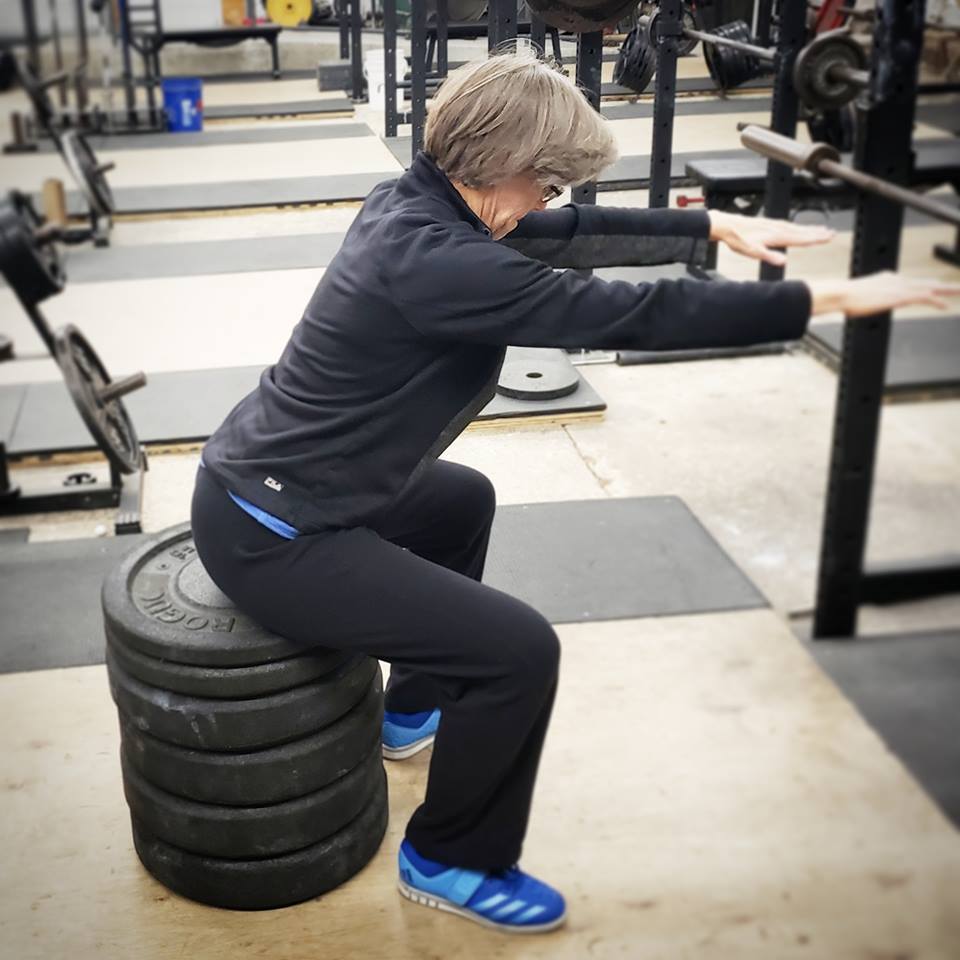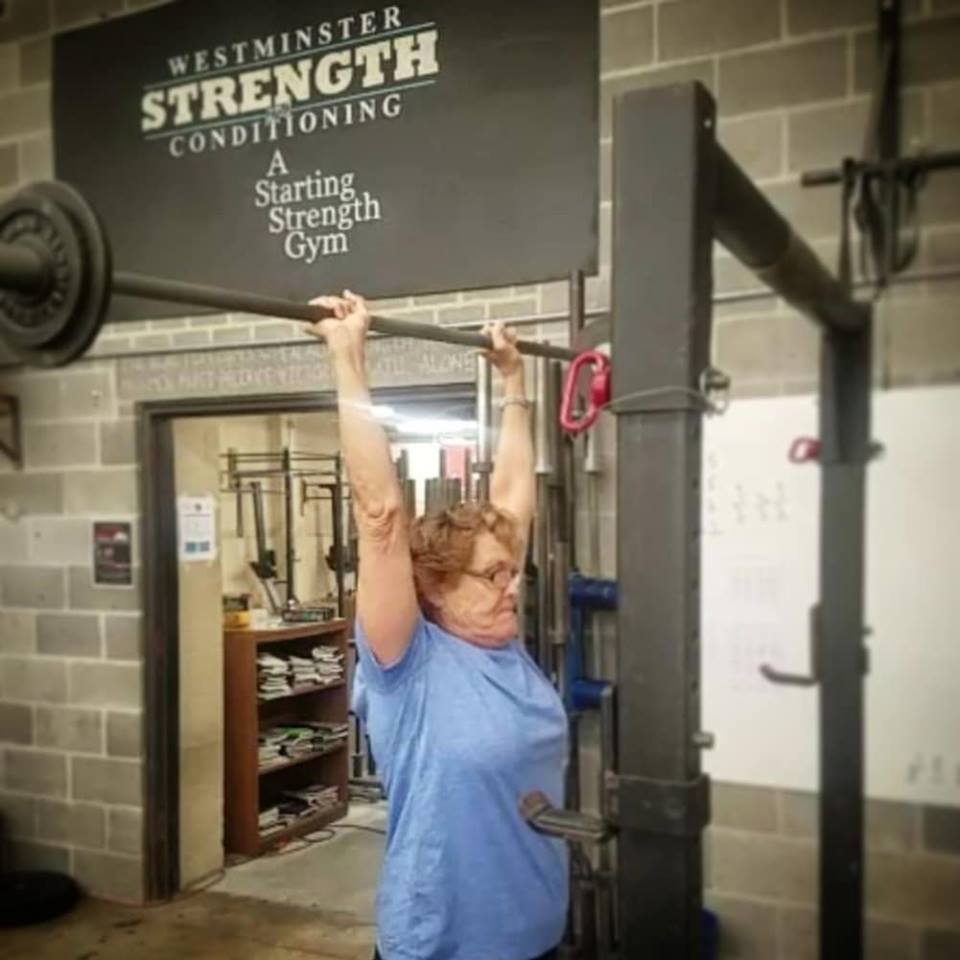Strength is something that we never fully appreciate until it is gone.

Every year after age 30, we lose 3-5% of our muscle mass every decade. Less muscle means less mobility, poor balance, and a reduced ability to do everyday activities. On top of that, often accompanied with age-related muscle mass is a more well-known problem, osteopenia/osteoporosis.
Bone loss (osteopenia/osteoporosis) as you age is a pretty big problem . When your bones lose mass they become weakened and brittle causing them to break easier. We could toss up some interesting and compelling statistics but I think you all know someone near to you who has gotten weaker, fallen and broken a hip, back, or arm later in life. You also know where the problem leads. Many times this is the event causing your grandparent or loved one to begin the discussion of long term care. At this point, it becomes increasingly difficult for them to care for themselves and continue to live independently. Here’s the thing, we can go a long way in preventing this type of situation while we are still able.

Think of your muscle and bone mass as a 401k. We lose a little bit every year, but the more we have now, the more we are likely to have when we’re 70 or 80. And if we’re already of advanced age it’s not too late – our bodies still respond to the stress of resistance training by building muscle and bone. In fact, resistance training is the most effective type of activity you can do if your goal is to build bone mass – more so than running, swimming, biking, etc.
So how do bones adapt favorably to strength training and why do they not with running, biking, swimming or many other exercise activities? Why do you need to resistance train and carry heavy things to increase bone mass? We will keep this pretty simple so we do not get bogged down in the details but there are a few things about your bones’ ability to increase mass that you should know. When a bone experiences a sufficient stress, called Minimal Essential Strain (this could be bending, compression, torsion or even muscles pulling at their attachments) specialized cells called Osteoblasts are signaled to move to the surface of the bone. The Osteoblasts are responsible for producing new bone material to strengthen the bone and increase it’s Minimal Essential Strain. In essence, when you produce enough force to bend the bone slightly the body recognizes this and signals specialized cells to prevent that bending in the event the same force is experienced again. This is the skeletal system’s adaptation to stress.
How does this work in your exercise program? Let’s say you wake up one day and decide to “get in shape”. Most people will pick a day, head outside and go for a run. During that first run when your heel strikes the pavement, the bones of your lower leg and femur experience a stress and the Minimal Essential Strain is met (your body weight impacting the ground), Osteoblasts are signaled and new bone formation begins. Perfect right? Well, almost. What happens several months later when you have run three times a week getting ready for the half marathon? Still laying down new bone mass? Probably not, because your body has already adapted to that stress. It’s not going to signal Osteoblasts to produce more bone material in the absence of a greater stress. I guess you could strap on a loadable weight vest and slowly increase the load every day as you run but who would want to do that? How about bicycling? New bone mass? How about swimming? Or chair workouts? You guessed it. These activities are limited in their ability to continue to increase the stress applied to bones to drive the formation of new bone material. You may be getting “in shape” but you are not doing much for new bone growth and remember your bone health is like a 401k. More bone mass now means more bone mass later as you begin to lose it. We are in a race to build bone mass and there must be a better way.

The second part of the importance of building strength is its application to everyday life. Most of life is a strength event, not a cardiovascular one. Think of carrying grocery bags into your house or walking up a flight of stairs. If you get winded doing this and mistake being “out of shape” with being weak, you would be wrong. If this is difficult for you, it’s because you are weak. Not because you are “out of shape”. When we increase your ability to produce force and make you twice as strong as you are, you will not see many (if ANY) of your daily tasks as a cardiovascular event. You will see them as strength events ALL made easier by being stronger. This may upset some runneres, which is not my intention, but NO ONE will care when you’re 85 what your marathon time was. They will care if you have the ability to get up if you fall (strength), carry the groceries from the car (strength), stand up from a chair or a toilet (strength), and generally take care of yourself (strength). Remember, the more strength we build now the more we will have to draw from as we begin to lose it and the better we can slow the process of inevitable strength loss.
The barbell is the best tool for gaining this strength for the same reason it works so well for gaining bone mass. We can continue to load the barbell incrementally over time. It loads the muscular system using the most amount of muscle mass over the greatest range of motion (the squat), and it’s the most efficient way to gain strength. This is the reason why the squat, press, and deadlift are the kings of weight bearing exercise. No other movement has the capacity to produce as much favorable adaptation to the biological system. So why are you not squatting, pressing and dead-lifting? No matter how old you are it is NEVER too late to start.
Contact Us for more information about our Master’s Strength Program
Bonus: Watch Beau work with one of our Master’s athletes on his first day.